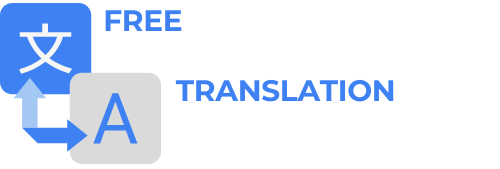Translate
You sit in front of the computer with an incomprehensible text in Italian. One mouse click and a few seconds later, it is translated into English.
– Services like Google Translate often works well and it is usually good enough for us to understand what a text is about, says Jörg Tiedemann, professor at the Department of Linguistics and Philology at Uppsala University in Sweden.
Jörg Tiedemann has worked with machine translation for many years, as the technique is known as. In recent years , he has seen how it has become better, and one important reason is the new translation methods.
Previously, it was common with linguistic methods, based on glossaries and linguistic rules. The computer analyze the original text and see what is noun and verb, subject and object, singular and plural etc. Since the translated text as target language rules, the quality of the translation is good, but the system is time consuming to build. Linguistic services like Babelfish is therefore only for the principal languages.
Translation in recent years
In recent years the focus has instead shifted to something called statistical machine translate,
– This is the big trend in machine translate right now, says Jörg Tiedemann.
Google is the main player, and their service Google Translate is now completely dominant.
What Google is doing is leveraging its experience of internet browsing. Instead of doing the work manually Google is using both existing translate between two languages, and texts in the target language. Based on this identified patterns and relationship the program may see that the English sentence ”I’m fine” is not usually translated as ”I look good” but with ”I’m fine” in other languages – and then it is probably the correct translation.
– This kind of statistical methods has been a great success, says Jörg Tiedemann.
Since it does not require any manual work, it is easy to add a new language – as long as there is plenty of statistical material. So while Babelfish only translate between world languages Google Translate is capable of almost 70 languages!
All languages are translated but not directly. Google goes instead to rule through English. An Italian text translate words first into English and then from English to for instance Swedish.
